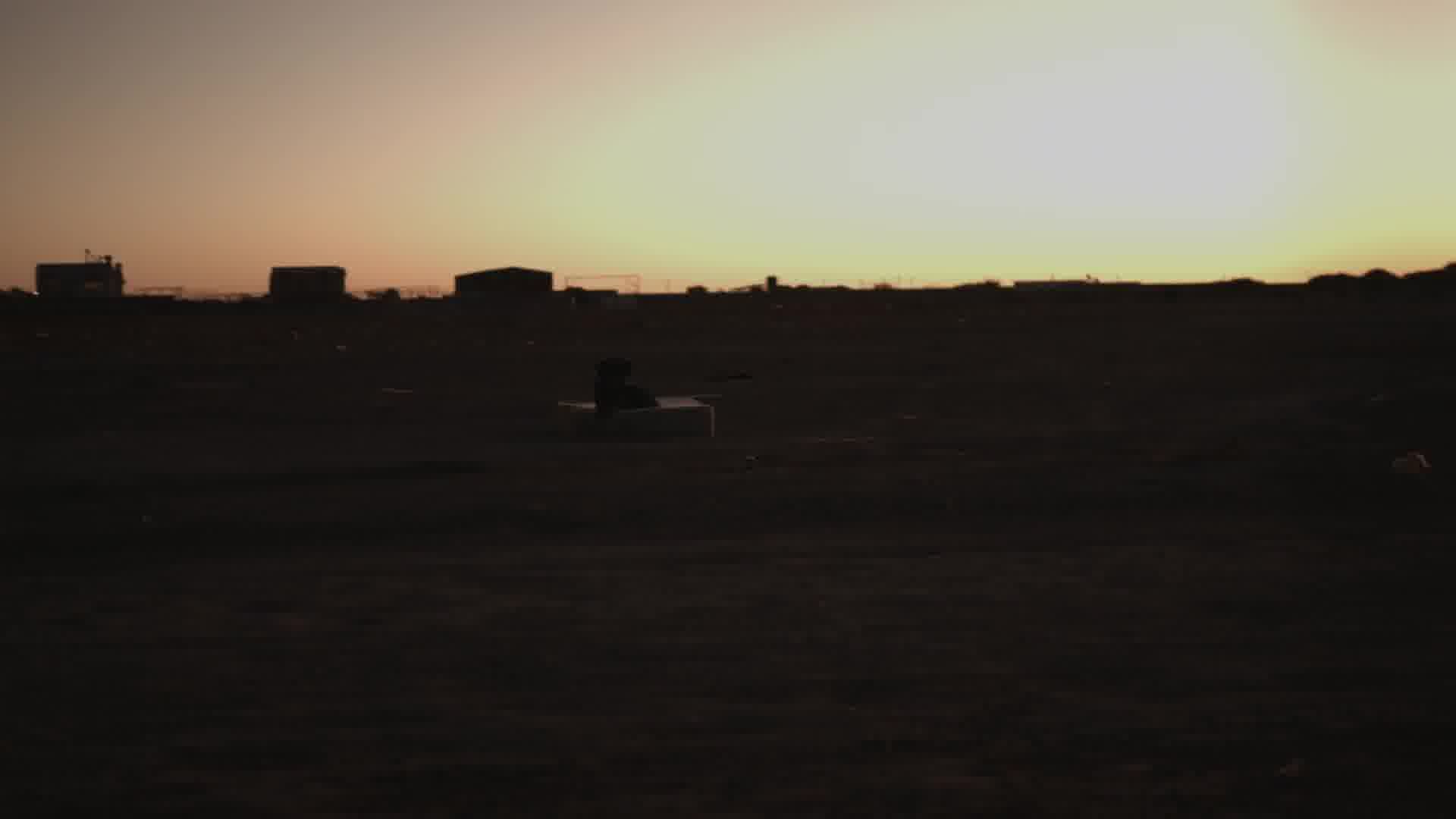Shingo Yoshida was at an amount of abandoned garbage in the vacant land at the end of the city of Calama in Chile.
Stray dogs and gypsies have settled, the place is like a no man’s land where one can breathe an untouchable atmosphere. There is always a strong wind blowing on the flat ground. Yoshida made a wind instrument installation with abandoned bottles.
This project was inspired by The seven colors of the actual "Wiphala" originating from the visible spectrum. The significance and meanings of each color are as follows:
Red: The Earth and the Andean man Orange: Society and culture Yellow: Energy
White: Time
Green: Natural resources
Blue: The heavens
Violet: Andean government and self-determination
The Wiphala (Quechua pronunciation: [wɪˈphɐlɐ]) is a square emblem, commonly used as a flag, representing some native peoples of the Andes that include today’s Bolivia, Peru, Ecuador and parts of Argentina, Chile and Colombia.
Duration:
00:07:45
Tags:
Réprouvé, réprouvé_(castaway)____private_link, (1080p).mp4, réprouvé, shingo yoshida, art, artplatform, artspeaksout, artwork, artworld, visualart, videoart, digitalart, climatechange, climateaction, climateinitiative, cop27, copart, climatejustice

